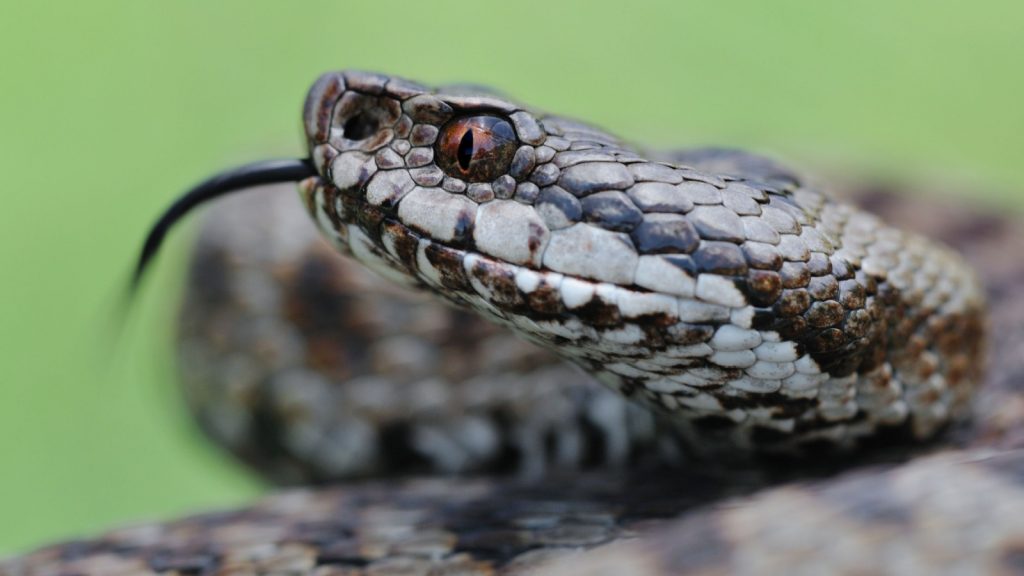Plants are nature’s silent warriors, constantly battling against threats and damage. Unlike animals, they can’t run away from danger or visit a doctor when they’re hurt. Instead, these green marvels have evolved incredible ways to protect and heal themselves.
From producing their own antibiotics to sealing off wounded areas, plants are masters of self-repair. Their healing abilities are not just amazing – they’re also inspiring scientists to develop new materials and medicines. Ready to discover the secret life of plants? Here are 12 fascinating ways plants patch themselves up and fight back against harm.
Chemical Warfare

When attacked, many plants release a cocktail of chemicals to defend themselves. These compounds can be toxic to insects or microbes, effectively acting as the plant’s own custom-made pesticide. Some plants even produce substances that make them taste bad to animals, discouraging future attacks and giving damaged areas time to heal.
Wound Sealing

Plants can quickly seal off wounded areas to prevent infection and water loss. This process, called compartmentalization, is like a plant version of scab formation. The plant creates a barrier of tough cells around the damaged area, protecting the rest of the plant from harm and allowing it to continue growing.
Antibiotic Production

Believe it or not, plants make their own antibiotics. When injured or infected, many plants produce antimicrobial compounds that kill harmful bacteria and fungi. These natural antibiotics help prevent infections from spreading through the plant, giving it time to recover and regrow damaged tissues.
Regeneration From Roots

Some plants can regrow entire new shoots from their roots if the above-ground parts are damaged. This amazing ability allows plants to bounce back even after severe injury. It’s like having a backup copy of yourself stored underground, ready to spring into action when needed.
Callus Formation

When plants are cut or wounded, they often form a mass of unorganized cells called a callus. This callus acts like a natural band-aid, covering the wound and protecting it from infection. In some cases, the callus can even develop into new plant parts, helping the plant recover and grow.
Rapid Cell Division

Plants can quickly produce new cells to replace damaged ones. This rapid cell division allows them to fill in gaps and repair tissues faster than you might expect. It’s like having a team of microscopic construction workers on standby, ready to rebuild at a moment’s notice.
Hormone Signaling

Plants use hormones to coordinate their healing responses. When a plant is injured, it releases specific hormones that travel throughout its body, triggering various defense and repair mechanisms. This hormonal network acts like the plant’s own internal alert system, rallying its defenses against damage.
Sap Sealing

Many trees produce sticky sap that quickly hardens when exposed to air. This sap acts like a natural glue, sealing off cuts and breaks in the bark. The hardened sap forms a protective barrier, preventing water loss and keeping out harmful microbes while the tree heals underneath.
Leaf Dropping

Sometimes, the best defense is to cut your losses. Many plants will deliberately drop damaged or infected leaves to prevent problems from spreading. This strategy, while it might seem counterintuitive, allows the plant to focus its energy on healthy growth and new leaf production.
Structural Reinforcement

After an injury, plants often strengthen the area around the wound. They may produce tougher, more fibrous tissues or deposit extra lignin, a woody substance that adds strength. This reinforcement helps protect the healing area from further damage and supports new growth.
Chemical Distress Signals

When under attack, some plants release airborne chemicals that warn neighboring plants of danger. These chemical distress signals prompt other plants to start their defense mechanisms preemptively. It’s like a plant version of a neighborhood watch program, helping entire communities of plants stay healthier.
Self-Grafting

In a process called inosculation, some plants can fuse their own tissues back together if they come into contact. This self-grafting ability allows plants to repair breaks in stems or roots, or even rejoin parts that have been completely separated. It’s nature’s version of botanical surgery!
12 Facts About the Adder, Britain’s Only Venomous Snake

The adder, also known as the common viper, is Britain’s only venomous snake. While these fascinating creatures are often feared, they play an important role in the country’s ecosystems. Here are 12 scintillating facts about adders that will help you appreciate these misunderstood reptiles.
Read More: 12 Facts About the Adder, Britain’s Only Venomous Snake
Katy Willis is a writer, master herbalist, master gardener, and certified canine nutritionist who has been writing since 2002. She’s finds joy in learning new and interesting things, and finds history, science, and nature endlessly fascinating.

